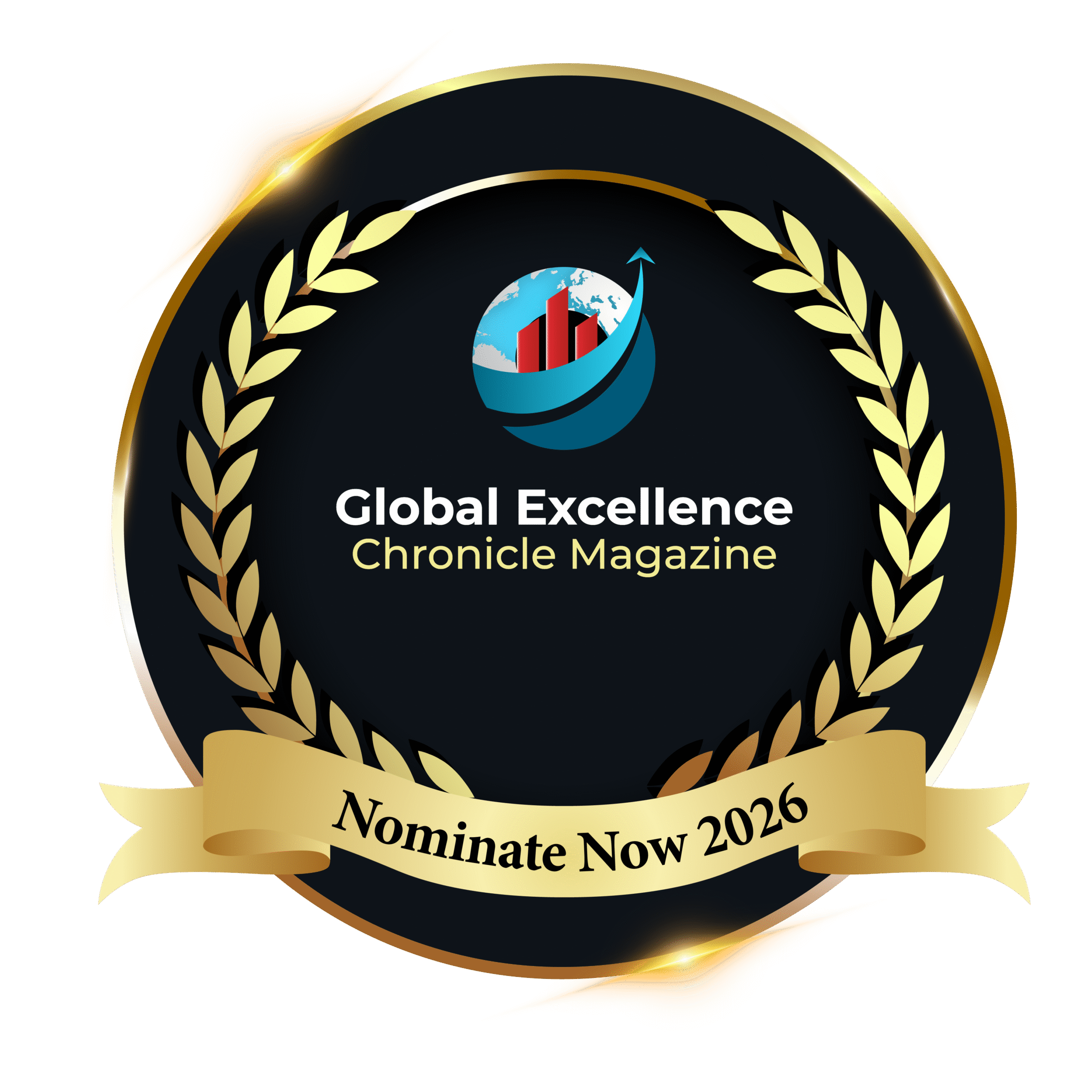The feeling of being understood can be profoundly comforting in a world where it is easy to be misunderstood. One sunny afternoon, a deaf mother walked into my consulting room visibly frustrated. Things changed when I began to sign to her. She expressed that she was elated to the extent of her not wanting to leave once the consultation was over. She also made it known that it was the first time she felt understood in a hospital. That moment was one of the greatest of my career.
I set out to learn sign language because I knew how it felt to be misunderstood. I have always wanted to make a significant impact on the deaf community, especially in education and healthcare. After graduating from medical school in 2021, I spent six months at the Demonstration School for the Deaf in Mampong learning sign language.
In January 2023, one of my New Year’s resolutions was to start a YouTube Channel to educate the deaf community and the public on health issues while raising awareness for sign language. With my phone in hand and my consulting room, SignWithAdzeley was born. The channel has been impactful, with many people approaching me to learn sign language and attesting to the inspirational qualities of the videos.
Globally, there are about 70 million deaf people and 200 different sign languages, according to the World Federation of the Deaf. About 40 million people live with hearing loss in Africa. In Ghana, about 470,737 people living with some level of hearing loss, with over 211,000 utilizing sign language (2021 Population and Housing Census). With the increasing rates of hearing loss, particularly in low- and middle-income countries, Africa must improve healthcare access to for this demographic.
Ghanaian Sign Language is not one of the official languages, fostering inequity. For instance, aside from Ghana Broadcasting Corporation, most television stations do not use a sign language interpreter. Furthermore, sign language is not part of the school curriculum in most institutions. Access to mental healthcare remains a global challenge as communication barriers exacerbate the discomfort in divulging information, leading to misdiagnoses and mismanagement. Therefore, there is the need to incorporate sign language into the curricula of healthcare workers, provide sign language interpreters, and develop a health information management system that can convert sign language to speech/text and vice versa.
This could be done through several ways:
- Ensuring sign language is an official language.
This is pivotal in changing the current situation of lack of educational access especially with television as a portal, which was widely used during the COVID-19 pandemic in 2020. Only 41 out of 195 countries have sign language as an official language with the majority (26) in Europe and only four in Africa -South Africa, Uganda, Zimbabwe, and Kenya (World Atlas, 2019). South Africa most recently included sign language as its 12th official language in 2023 to promote inclusion, acceptance, and the rights of sign language users. - Including sign language in the basic, high school and university curricula.
There is a need to modify teaching and learning strategies worldwide to ensure that no child is left behind due to communication barriers. Including sign language in the curriculum would prevent segregation, allowing deaf students to attend schools of their choice with available sign language interpretation. This would enhance integration and productivity and improve healthcare by reducing miscommunication.
Here\’s a suggested curriculum in seven lessons to run for one academic year, with the course length depending on the students’ grasp of sign language:
- Lesson 1: Learning the alphabets in sign language.
- Lesson 2: Learning the numbering system in sign language.
- Lesson 3: Learning regular vocabulary in sign language.
- Lesson 4: Engaging in conversation using learned vocabulary with other students.
- Lesson 5: Engaging in conversation using learned vocabulary with teachers of sign language.
- Lesson 6: Engaging in conversation using learned vocabulary with students at a school for the deaf.
- Lesson 7: Creating an advocacy video in sign language to educate the deaf community.
This program would run for one academic year, with the course length depending on the students’ grasp of sign language. The curriculum may be adjusted based on institutional needs or directives from the Ministry.
- Using machine learning for sign language translation and instituting an abacus and science competition among deaf schools.
I demonstrated how to use an abacus to some deaf students at the Demonstration School for the Deaf, with plans to develop it into an abacus and science competition. The students’ excitement was unforgettable, as many of them had seen abacus competitions on television but never thought they could participate. This competition would raise awareness, showcase the scientific talents of these students, and encourage them to pursue careers in health and other STEM fields. Additionally, machine learning and technology can be employed for sign language translation to words and vice versa, enhancing sign language learning for all groups. - International exchange program for deaf students.
Just as other students in high school and universities participate in exchange programs worldwide, deaf students also deserve the enriching experience of learning about other cultures and networking. These solutions are essential for preventing inequity and expanding coverage within the deaf community, not just in healthcare, but across other sectors.
Source: blogs.worldbank.org


